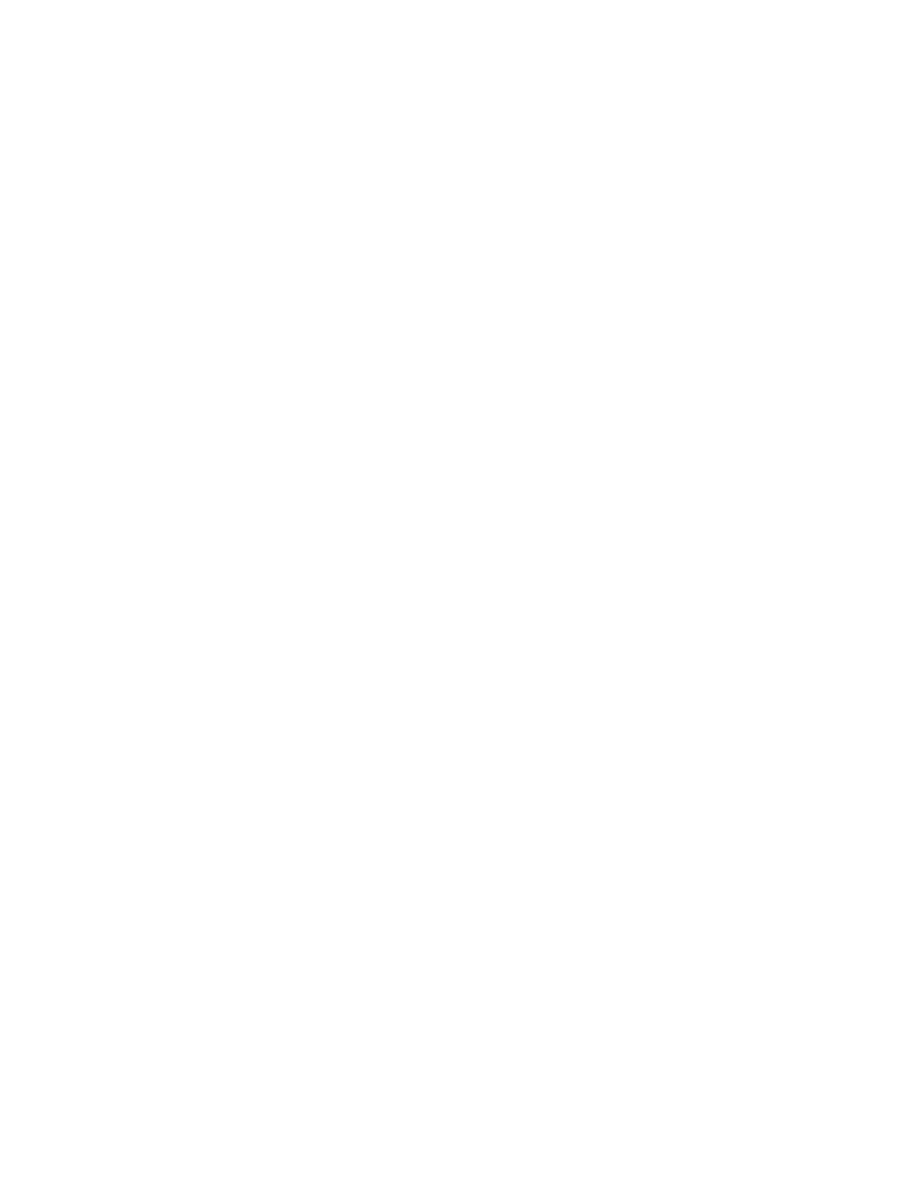
484
14 CFR Ch. I (1–1–14 Edition)
§ 25.1045
constant at ¥69.7 degrees F. However,
for winterization installations, the ap-
plicant may select a maximum ambi-
ent atmospheric temperature cor-
responding to sea level conditions of
less than 100 degrees F.
(c)
Correction factor (except cylinder
barrels). Unless a more rational correc-
tion applies, temperatures of engine
fluids and powerplant components (ex-
cept cylinder barrels) for which tem-
perature limits are established, must
be corrected by adding to them the dif-
ference between the maximum ambient
atmospheric temperature and the tem-
perature of the ambient air at the time
of the first occurrence of the maximum
component or fluid temperature re-
corded during the cooling test.
(d)
Correction factor for cylinder barrel
temperatures. Unless a more rational
correction applies, cylinder barrel tem-
peratures must be corrected by adding
to them 0.7 times the difference be-
tween the maximum ambient atmos-
pheric temperature and the tempera-
ture of the ambient air at the time of
the first occurrence of the maximum
cylinder barrel temperature recorded
during the cooling test.
[Doc. No. 5066, 29 FR 18291, Dec. 24, 1964, as
amended by Amdt. 25–42, 43 FR 2323, Jan. 16,
1978]
§ 25.1045
Cooling test procedures.
(a) Compliance with § 25.1041 must be
shown for the takeoff, climb, en route,
and landing stages of flight that cor-
respond to the applicable performance
requirements. The cooling tests must
be conducted with the airplane in the
configuration, and operating under the
conditions, that are critical relative to
cooling during each stage of flight. For
the cooling tests, a temperature is
‘‘stabilized’’ when its rate of change is
less than two degrees F. per minute.
(b) Temperatures must be stabilized
under the conditions from which entry
is made into each stage of flight being
investigated, unless the entry condi-
tion normally is not one during which
component and the engine fluid tem-
peratures would stabilize (in which
case, operation through the full entry
condition must be conducted before
entry into the stage of flight being in-
vestigated in order to allow tempera-
tures to reach their natural levels at
the time of entry). The takeoff cooling
test must be preceded by a period dur-
ing which the powerplant component
and engine fluid temperatures are sta-
bilized with the engines at ground idle.
(c) Cooling tests for each stage of
flight must be continued until—
(1) The component and engine fluid
temperatures stabilize;
(2) The stage of flight is completed;
or
(3) An operating limitation is
reached.
(d) For reciprocating engine powered
airplanes, it may be assumed, for cool-
ing test purposes, that the takeoff
stage of flight is complete when the
airplane reaches an altitude of 1,500
feet above the takeoff surface or
reaches a point in the takeoff where
the transition from the takeoff to the
en route configuration is completed
and a speed is reached at which compli-
ance with § 25.121(c) is shown, which-
ever point is at a higher altitude. The
airplane must be in the following con-
figuration:
(1) Landing gear retracted.
(2) Wing flaps in the most favorable
position.
(3) Cowl flaps (or other means of con-
trolling the engine cooling supply) in
the position that provides adequate
cooling in the hot-day condition.
(4) Critical engine inoperative and its
propeller stopped.
(5) Remaining engines at the max-
imum continuous power available for
the altitude.
(e) For hull seaplanes and amphib-
ians, cooling must be shown during
taxiing downwind for 10 minutes, at
five knots above step speed.
[Doc. No. 5066, 29 FR 18291, Dec. 24, 1964, as
amended by Amdt. 25–57, 49 FR 6848, Feb. 23,
1984]
I
NDUCTION
S
YSTEM
§ 25.1091
Air induction.
(a) The air induction system for each
engine and auxiliary power unit must
supply—
(1) The air required by that engine
and auxiliary power unit under each
operating condition for which certifi-
cation is requested; and
VerDate Mar<15>2010
10:12 Mar 18, 2014
Jkt 232046
PO 00000
Frm 00494
Fmt 8010
Sfmt 8010
Y:\SGML\232046.XXX
232046
pmangrum on DSK3VPTVN1PROD with CFR